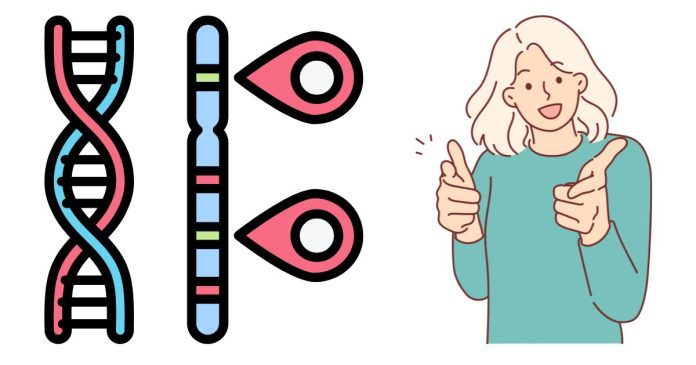How to Draw a Punnett Square: Displaying All Possible Genetic Combinations
The Punnett square is a simple, yet powerful tool used in genetics to predict the possible combinations of alleles that offspring might inherit from their parents. It’s named after Reginald Punnett, the scientist who developed this method. Whether you’re studying simple Mendelian genetics or more complex patterns of inheritance, the Punnett square makes visualizing genetic probabilities much easier.
What Is a Punnett Square?
A Punnett square is a grid that shows the possible allele combinations resulting from a genetic cross. It’s particularly useful for illustrating how dominant and recessive traits are inherited. The square also provides a clear picture of the probability of specific genotypes and phenotypes appearing in the offspring.
Guide to Drawing a Punnett Square
- Identify Parental Genotypes: Determine the genetic makeup of both parents (e.g., Aa and Aa).
- Set Up the Grid: Draw a square divided into four smaller boxes for a single-gene cross.
- Label Parental Alleles: Write one parent’s alleles across the top and the others along the side (e.g., A and a).
- Fill in the Squares: Combine alleles from the top and side for each box (AA, Aa, aa).
- Analyze Results: Count genotypes (1AA,2Aa,1aa1) and phenotypes. For A dominant and a recessive, the phenotypic ratio is 3:1.
Conclusion
Drawing a Punnett square is a straightforward way to visualize genetic combinations and understand inheritance patterns. By following the steps outlined above, you can easily construct a square to predict outcomes for various genetic crosses. This tool remains an essential component of genetics education and research, simplifying complex inheritance concepts into a manageable and practical format.


